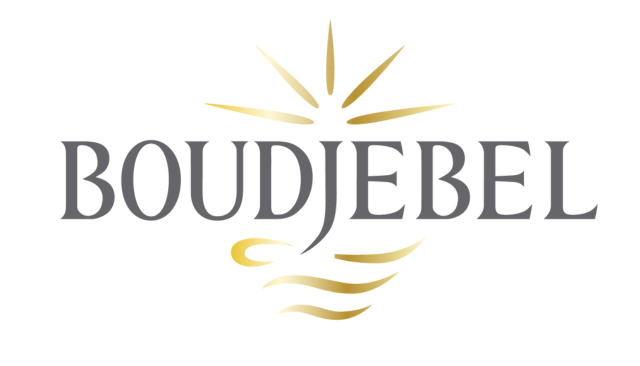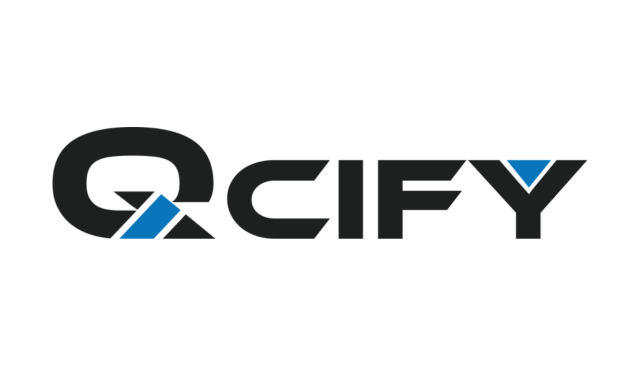Project title: Modified Atmosphere Packaging
Type of project: product development
SDG(s) relevant to the project: 2, 6, 12, 13, 15
Topic(s): industrial innovation, energy efficiency, water management, packaging
Product(s): almonds, Brazil nuts, cashews, hazelnuts, macadamias, pecans, pine nuts, pistachios, walnuts, peanuts
Project end date and duration: May 1, 2023 (3.3 years)
Abstract: Modified Atmosphere Packaging (MAP) by Masterpack Group is a transformative preservation method that adjusts the gas composition within packaging to significantly enhance product shelf life and maintain quality. By fine-tuning the levels of gases such as carbon dioxide, which retards bacterial growth, and optimizing oxygen levels to prevent microbial proliferation and oxidative reactions that lead to spoilage or color changes, MAP sets a new standard in product preservation. Distinct from vacuum packaging, which removes all oxygen, MAP strategically balances oxygen and carbon dioxide levels tailored to specific products. This bespoke atmosphere dramatically improves longevity without entirely eliminating oxygen, and the packaging is hermetically sealed to sustain this controlled environment.
MAP stands out for its innovative, chemical-free pest control approach, substantially reducing pest survival chances by altering the package’s internal atmosphere. This breakthrough is particularly beneficial for the food industry, safeguarding products against spoilage and contamination while also curbing waste through effective management of bacterial growth and moisture ingress. As a result, products remain fresh, dry, and true to their original flavor, color, and aroma, rendering MAP an ideal solution for a variety of food products, including dried foods, powders, seeds, and more.
Masterpack Group, a leader in MAP, offers this solution in Flexible Intermediate Bulk Containers (FIBCs) equipped with patented sensors for remote monitoring of oxygen, temperature, and humidity. This innovation provides unmatched control over the storage conditions of all bags, regardless of location, effectively eliminating waste and ensuring the integrity of the stored materials.
Impact and Outcomes: We have a case study of a Walnut client who managed to decrease product rejection rates significantly, dropping from 60% down to just 7%, thanks to the implementation of FIBC Bulk Packaging MAP technology.
Additionally, we’ve conducted numerous tests at our in-house R&D facility, focusing on various nut and other food products. These tests consistently demonstrated oxygen levels remaining below 1% and sustaining consistent humidity over a period of 2.5 years, all through the application of FIBC Bulk Packaging MAP technology.
MAP offers a wide array of benefits, making it a versatile solution for preserving various product types. Its contribution to environmental sustainability is particularly notable, alongside its ability to maintain high product quality. Here are some of the key advantages of MAP:
- Prolongs Product Shelf Life (2 or more years): MAP significantly extends the shelf life of products, reducing spoilage and waste. This not only benefits the environment by minimizing the amount of food that ends up in landfills but also enhances economic efficiency through improved inventory management. With extended shelf life, businesses can manage their stock more effectively, avoiding overstocking and the related costs of storage and refrigeration.
- Deters Pest Invasion and Prevents Microbial Growth: By altering the atmospheric conditions inside the packaging, MAP naturally deters pests and inhibits the growth of microbes and oxidation. This means products stay fresh longer without the need for harmful chemicals. Because of the low oxygen levels (below 1%) in the FIBC the insects will die immediately.
- Environmentally Friendly: MAP utilizes naturally occurring gases to replicate the preservation effects of traditional methods, but without the environmental drawbacks. It avoids the use of chemical preservatives, which can lead to issues like water pollution from discarded products or manufacturing waste. The technology focuses on gas flushing and sealing, processes that are less energy-intensive compared to the production and disposal of chemical preservatives.
- Reduces Packaging Materials: Unlike other preservation methods that might require bulky, multi-layered packaging, MAP minimizes the use of packaging materials. This approach not only reduces the manufacturing and disposal impact but also represents a more sustainable, greener choice.
- Supports Biodiversity: By eliminating the need for chemical preservatives, many of which are derived from non-renewable resources like petroleum, MAP indirectly fosters biodiversity. The extraction and refining of these resources can lead to habitat disruption and wildlife harm. Thus, by opting for MAP, companies contribute to reducing dependence on these resources and support a more biodiverse planet.
MAP does not compromise the flavor, color, or aroma of food products, making it an ideal choice for a wide range of items, including dried foods, powders, and seeds. Its ability to extend shelf life without harming the environment or the consumer makes it a standout solution in the food preservation industry, suitable even for organic products. Through its innovative use of naturally occurring gases and reduction of packaging materials, MAP embodies an effective, sustainable approach to food preservation.




